Agriculture is vital to India’s economy, but its conventional practices are often resource-intensive, leading to soil degradation, water depletion, and reduced productivity. Conservation agriculture (CA) offers a sustainable alternative that improves resource use efficiency, conserves soil and water, and enhances biodiversity. This approach has gained traction in recent years as a way to achieve sustainable agricultural growth while mitigating the adverse effects of climate change.
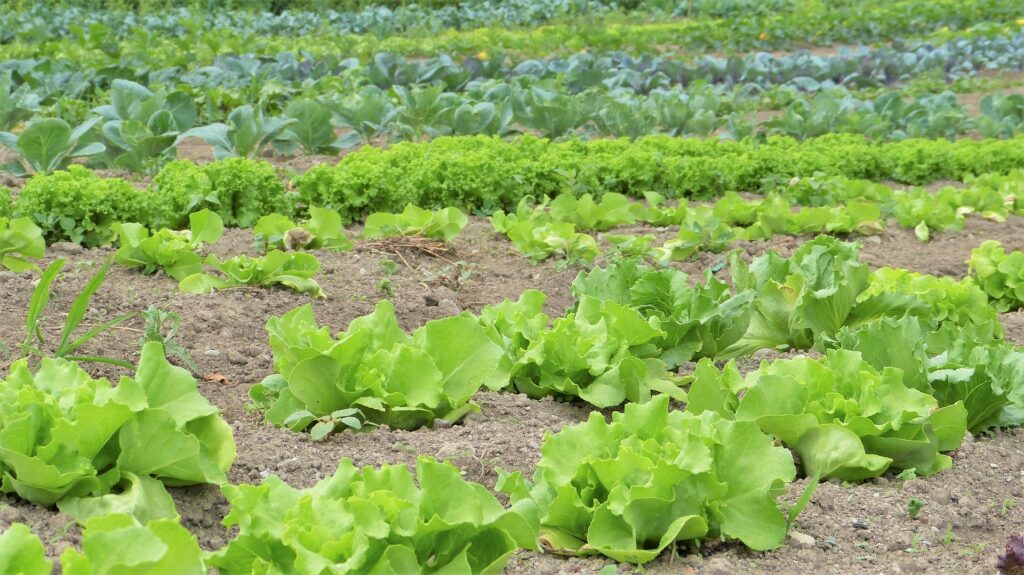
What is Conservation Agriculture?
Conservation agriculture is a set of farming practices that aim to minimize the disruption of the soil’s structure, composition, and natural biodiversity. It focuses on three core principles:
Minimal Soil Disturbance: Avoiding or reducing tillage to preserve soil structure.
Permanent Soil Cover: Using cover crops or crop residues to protect the soil surface.
Diverse Crop Rotations: Rotating different crops to enhance soil fertility and break pest and disease cycles.
These practices help in reducing soil erosion, increasing water infiltration, and maintaining soil health. Conservation agriculture reduces the need for chemical inputs, thus lowering farming costs and mitigating environmental harm.

Importance of Conservation Agriculture in India
India’s agricultural systems face numerous challenges, including soil erosion, nutrient depletion, water scarcity, and fluctuating climate patterns. Conservation agriculture addresses these problems by promoting sustainable farming practices that enhance productivity without degrading natural resources.
Soil Health and Fertility: CA practices help improve soil structure and organic matter content, leading to healthier and more fertile soils. This results in better crop yields over the long term.
Water Conservation: Conservation agriculture improves water retention in the soil, reducing the need for irrigation and helping farmers adapt to erratic rainfall patterns.
Reduced Greenhouse Gas Emissions: By minimizing tillage and using crop residues, CA reduces carbon emissions and improves carbon sequestration in the soil.
Sustainable Intensification: CA enables farmers to sustainably increase productivity on existing farmland, reducing the need for deforestation or expansion into fragile ecosystems.
Cost Savings for Farmers: By reducing the need for inputs like fertilizers, pesticides, and water, conservation agriculture lowers production costs, leading to higher profitability for farmers.
Key Principles of Conservation Agriculture

Minimal Tillage
Tillage, or plowing, is a traditional practice that disrupts the soil and can lead to erosion, nutrient loss, and reduced soil fertility. Conservation agriculture promotes minimal or zero tillage, which maintains soil structure, enhances water retention, and promotes biological activity within the soil.
Permanent Soil Cover
Soil cover, either through crop residues or cover crops, helps protect the soil from erosion, retain moisture, and regulate soil temperature. It also provides habitat for beneficial soil organisms that contribute to nutrient cycling and improved soil fertility.
Crop Diversification and Rotations
Crop diversification through rotating crops, including legumes, cereals, and oilseeds, helps in breaking pest and disease cycles, improving soil fertility, and enhancing biodiversity. A diverse cropping system also improves the resilience of farms to climate variability.
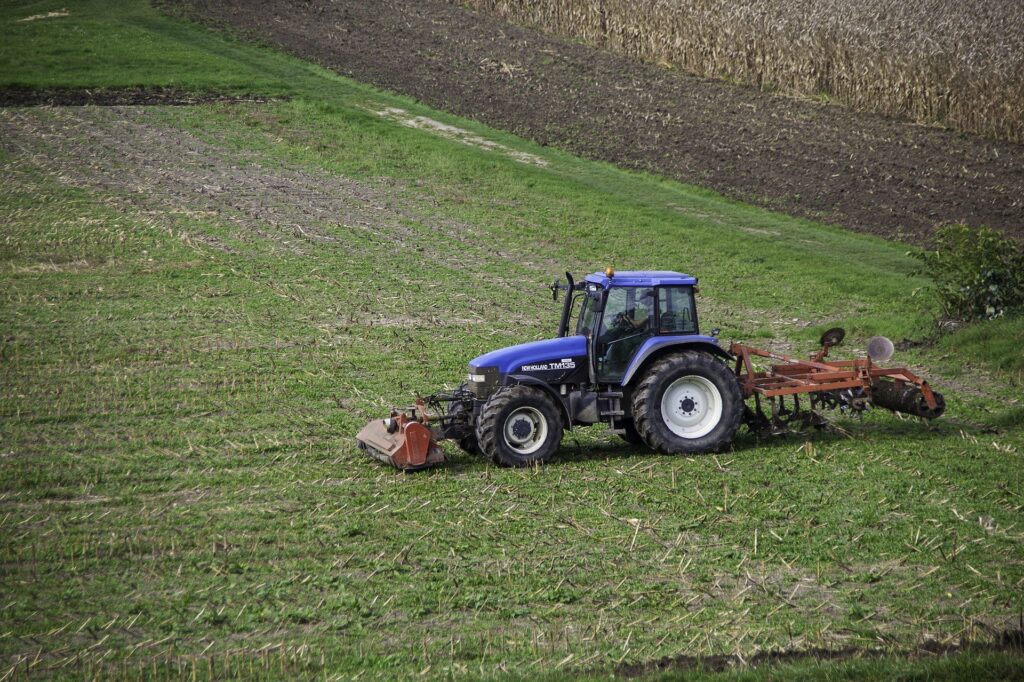
Efficient Water Use
Conservation agriculture enhances the soil’s ability to absorb and retain water, reducing the need for irrigation. Practices like mulching and cover cropping prevent water evaporation from the soil, making farming more sustainable in water-scarce regions.
Integration of Livestock
In mixed farming systems, integrating livestock with conservation agriculture can offer multiple benefits, such as manure for organic fertilization and improved soil fertility. Livestock grazing on cover crops also reduces the need for mechanical mowing or herbicides.
Conservation Agriculture in India: Current Scenario India is home to diverse agro-climatic zones, and the adoption of conservation agriculture practices varies by region. While the practice has been widely promoted in certain areas, especially where water scarcity and soil degradation are prominent issues, widespread adoption remains limited.
Regions Leading the Adoption
Punjab and Haryana: These states, part of India’s green revolution, have started shifting towards conservation agriculture due to the depletion of groundwater and declining soil health. Zero tillage, crop residue management, and crop diversification are gaining momentum.
Madhya Pradesh: In the semi-arid regions of central India, farmers have adopted conservation agriculture practices like no-till farming, agroforestry, and the use of cover crops to improve soil health and conserve water.
Karnataka and Andhra Pradesh: Dryland regions in southern India have embraced practices like mulching, crop rotation, and soil moisture conservation to adapt to erratic rainfall and improve resilience.
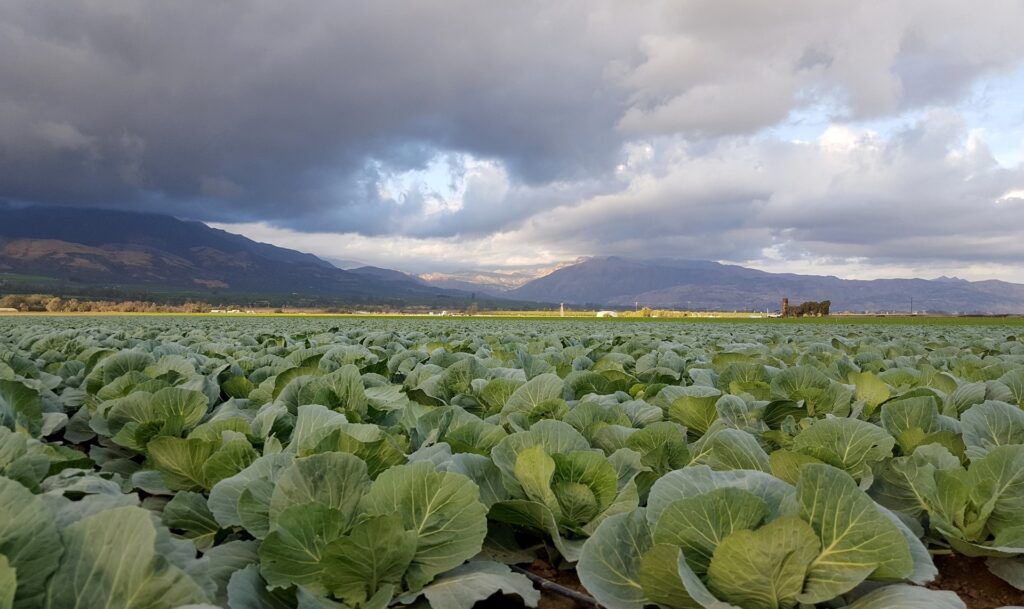
Government Initiatives Promoting Conservation Agriculture
The Indian government has recognized the importance of conservation agriculture and introduced several programs to promote its adoption:
National Mission for Sustainable Agriculture (NMSA): A key component of this mission is the promotion of sustainable farming practices, including conservation agriculture, to improve soil health, water-use efficiency, and climate resilience.
Paramparagat Krishi Vikas Yojana (PKVY): This scheme encourages organic farming and reduced dependence on chemical inputs, aligning with the principles of conservation agriculture.
Soil Health Card Scheme: This initiative provides farmers with information on soil nutrient status and promotes balanced fertilization, which is integral to conservation agriculture.
Pradhan Mantri Krishi Sinchayee Yojana (PMKSY): This scheme focuses on improving water-use efficiency in agriculture, an important aspect of conservation agriculture.
These initiatives have helped raise awareness about sustainable agricultural practices, but more efforts are needed to expand their reach.
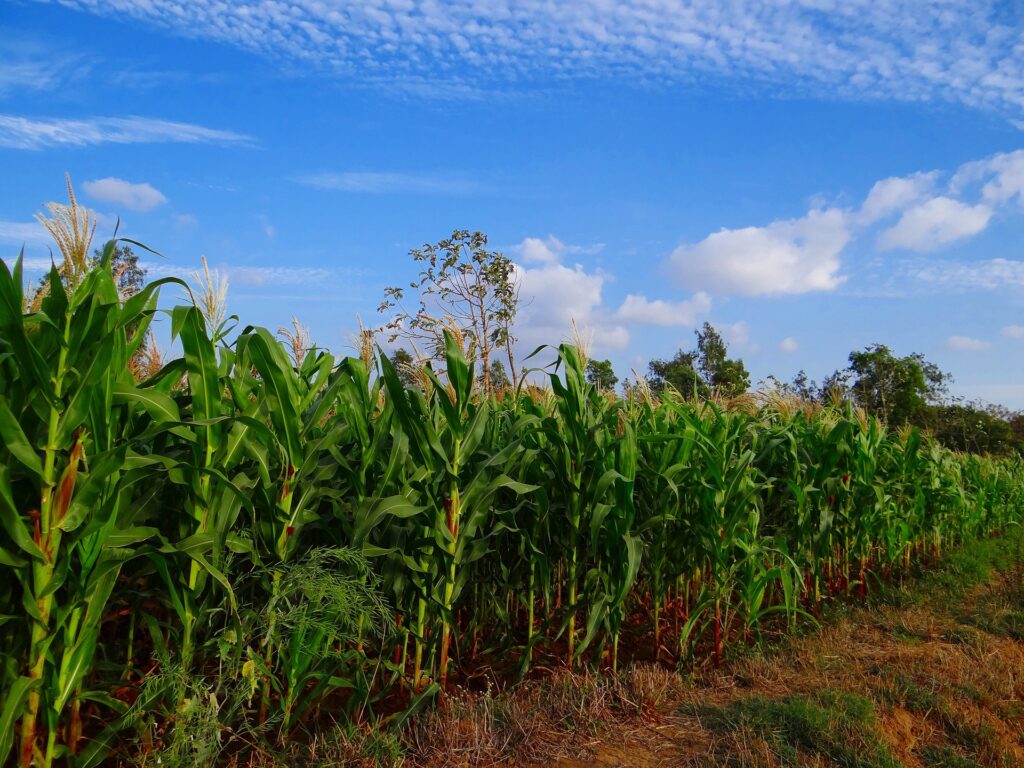
Challenges to the Adoption of Conservation Agriculture in India
Lack of Awareness and Knowledge: Many farmers are still unaware of the long-term benefits of conservation agriculture. Training and capacity-building programs are essential to increase awareness and adoption.
High Initial Costs: The transition from conventional farming to conservation agriculture often requires initial investments in machinery (such as zero-till seed drills) and other inputs. Small and marginal farmers may find these costs prohibitive without proper financial support.
Small Landholdings: Fragmented landholdings in India make the adoption of CA practices difficult, as economies of scale cannot be realized in small plots.
Institutional Support: While government programs exist, there is a need for better coordination between policymakers, research institutions, and farmers to facilitate the widespread adoption of conservation agriculture.
Market Access and Incentives: Farmers may hesitate to adopt conservation agriculture without access to markets that reward sustainable farming practices. Creating market linkages and offering incentives for eco-friendly produce can promote wider adoption.
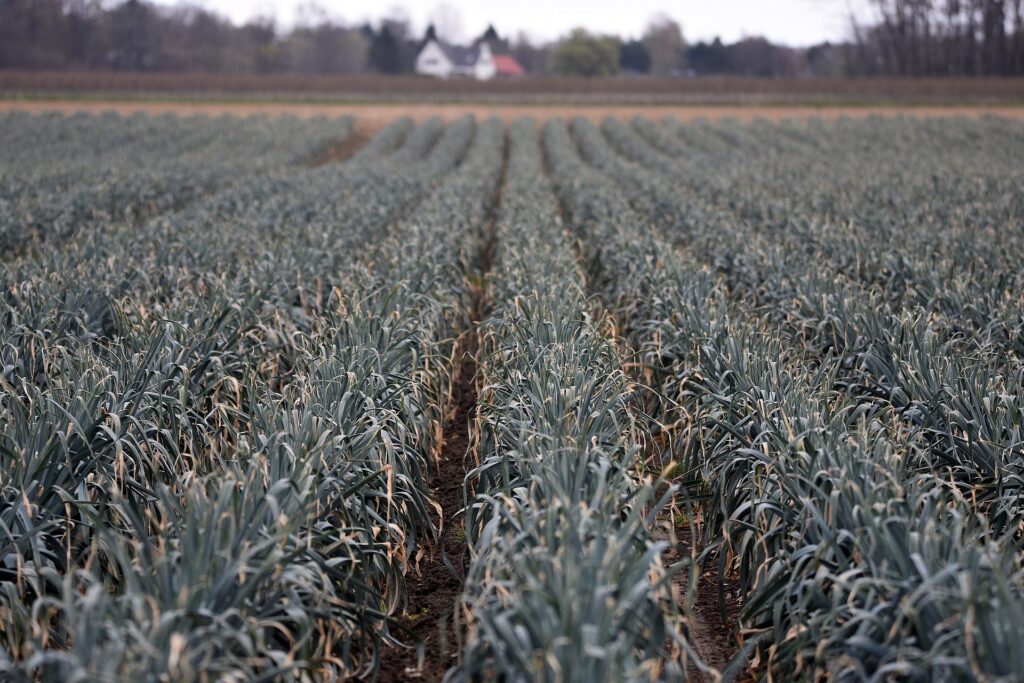
Success Stories in India
Despite challenges, there have been notable success stories in the adoption of conservation agriculture in India:
Zero Tillage in Punjab: Many farmers in Punjab have adopted zero tillage in wheat production. This practice has led to reduced input costs, better water retention, and improved soil fertility. The state government, along with ICAR and international organizations, has promoted the practice through subsidies and training programs.
Agroforestry in Andhra Pradesh: Farmers in Andhra Pradesh have successfully integrated agroforestry with their crop cultivation. The use of trees alongside crops has improved soil fertility, provided shade for crops, and offered an additional source of income through timber and fruits.
Cover Cropping in Madhya Pradesh: In water-scarce regions of Madhya Pradesh, farmers have adopted cover cropping, which has reduced soil erosion and improved soil moisture retention. This has resulted in more resilient farming systems, even in drought-prone areas.
The Way Forward: Scaling Up Conservation Agriculture in India To accelerate the adoption of conservation agriculture across India, a multi-faceted approach is required:
Farmer Education and Training: More extensive outreach programs are needed to train farmers in conservation agriculture practices. Farmer-to-farmer knowledge transfer, combined with government and NGO efforts, can play a key role in spreading CA methods.
Policy Support and Incentives: The government should continue to incentivize conservation agriculture through subsidies for machinery, financial support for smallholder farmers, and market access for sustainable produce.
Research and Development: Ongoing research is crucial to adapting conservation agriculture to India’s diverse agro-climatic zones. New crop varieties, soil management techniques, and water-saving technologies must be developed and made accessible to farmers.
Public-Private Partnerships: Collaboration between the government, private companies, research institutions, and NGOs can help scale up CA practices. Investment in machinery, technology, and infrastructure will support farmers in making the transition.
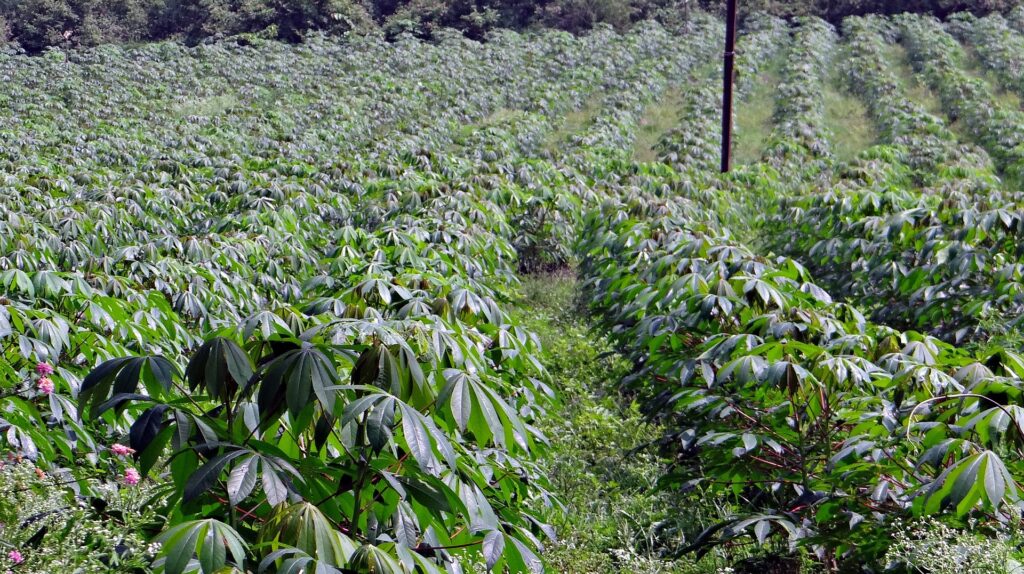
Conclusion
Conservation agriculture presents a sustainable path forward for Indian agriculture, addressing critical challenges like soil degradation, water scarcity, and climate change. By promoting healthier soils, conserving water, and enhancing biodiversity, CA ensures long-term agricultural productivity while protecting natural resources. As India moves toward achieving its goals of food security and sustainable development, conservation agriculture will play an essential role in safeguarding the future of farming in the country.
For India’s agriculture sector to remain viable and resilient, scaling up conservation agriculture is not just an option—it’s a necessity. Through government initiatives, farmer education, and collaborative efforts, CA can transform India’s agricultural landscape for the better.